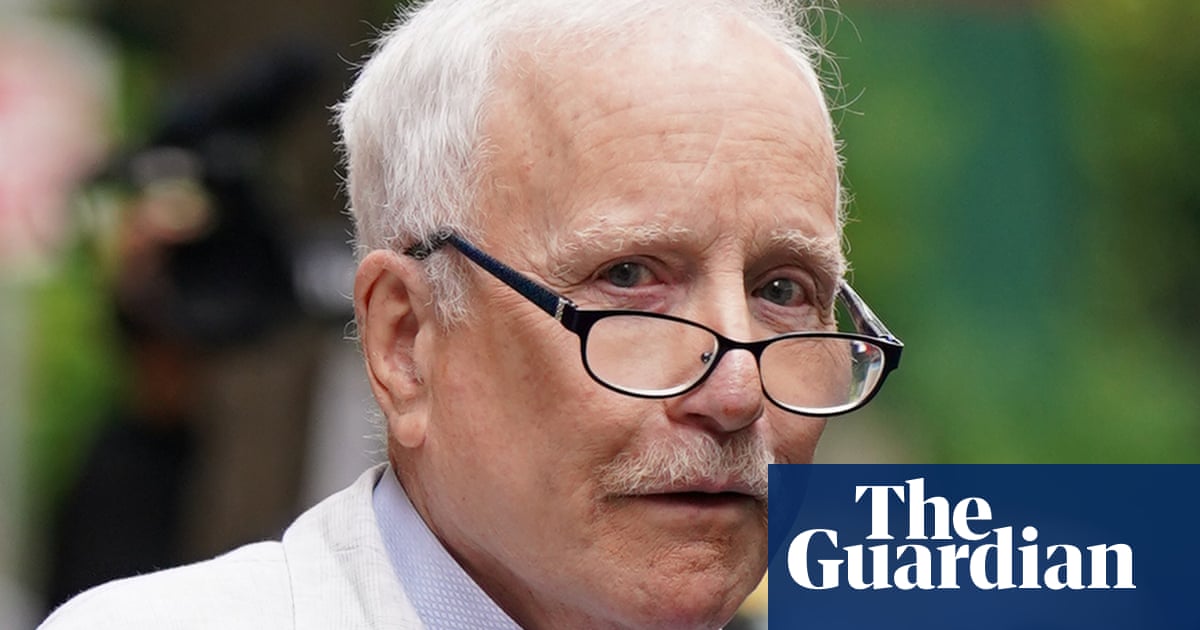The largest and most powerful rocket ever built has blasted off from Texas but blew up within minutes in a test flight that its makers, SpaceX, hope will be the first step on a human journey to Mars.
After a cancelled launch earlier this week due to a pressurisation issue, the 120-metre Starship rocket system took off at 8:33 am local time (2:33 pm in the UK) on Thursday. It gathered speed but then started to spin at altitude before exploding about four minutes after leaving the ground.
It appeared that the two sections of the rocket system – the booster and cruise vessel – were unable to separate properly after takeoff, possibly causing the spacecraft to fail.
SpaceX had previously cautioned that the chances of success were low and that the aim of the test flight was to gather data, regardless of whether the full mission was achieved. Employees at SpaceX cheered even after the rocket exploded.
The uncrewed sub-orbital test marked the first “fully stacked” trial in which the Starship cruise vessel – which is designed to eventually carry up to 100 astronauts – was placed on top of the Super Heavy booster rocket, whose 33 Raptor engines provided the immense thrust needed.
Almost as long as three passenger jets, the mammoth spacecraft stands 10 metres taller than the Saturn V rocket that sent humans to the moon in 1969.
Elon Musk, the founder of SpaceX, gained the necessary approval last week from the Federal Aviation Administration for the launch to go ahead
Both the upper and lower segments of the system are designed to power themselves safely back to Earth for a soft landing so they can be reused. Musk says the reusability of rockets makes space flight significantly cheaper than what Nasa could offer.
Unlike Nasa, which attempts to avoid risk, SpaceX has a record of showing a willingness to have test flights explode, with Musk saying the private venture benefits from understanding what goes wrong. SpaceX built its own spaceport, named Starbase, on the Gulf of Mexico in Boca Chica, Texas, to launch its rockets. And several other Starships are already in production for future tests.
Musk said he developed Starship, previously named the BFR (heavily hinted to mean Big Fucking Rocket), so humans could eventually become an interplanetary species. To do this, he intends to begin the colonisation of Mars, which he said was needed to preserve humanity in case a planet-destroying event, such as nuclear war or an asteroid strike, wipes out life on Earth.
SpaceX claims Starship, which has a payload capacity of up to 150 tons, will be able to transport dozens of people on long-duration interplanetary flights. It already has a privately funded trip for 11 people around the moon scheduled for this year, although that timing now appears unrealistic.
The company has announced longer-term plans to also use the spacecraft as a shuttle for commercial travel on Earth, promising trips from London to Tokyo in under one hour.

 1 year ago
107
1 year ago
107










 English (US)
English (US)